
Its ancient and modern history Chalkidikiburied in the earth and in its blue seas, comes to light to remind us of its timeless culture on the peninsula. Cassandra And her Sithonia. Tourist development may overshadow its archaeological wealth, but it has unearthed one of northern Greece’s largest cemeteries. The coast of Agios Ioannis Sithonia has hidden more than a thousand burials of various types with numerous finds of a vast ancient cemetery.
In two excavations (2018-19 and 2020) carried out by the archaeologists of the Ephorate of Antiquities of Chalkidiki and Agios Oros (Eleni Lambrotanasis, Despina Vovoura, Hariklia Koromilas), 912 graves were unearthed when contractors began excavations in the area after purchasing the property” Development Tourist S.A.” Akti Agios Ioannis through TAIPED for the construction of a modern tourist facility.
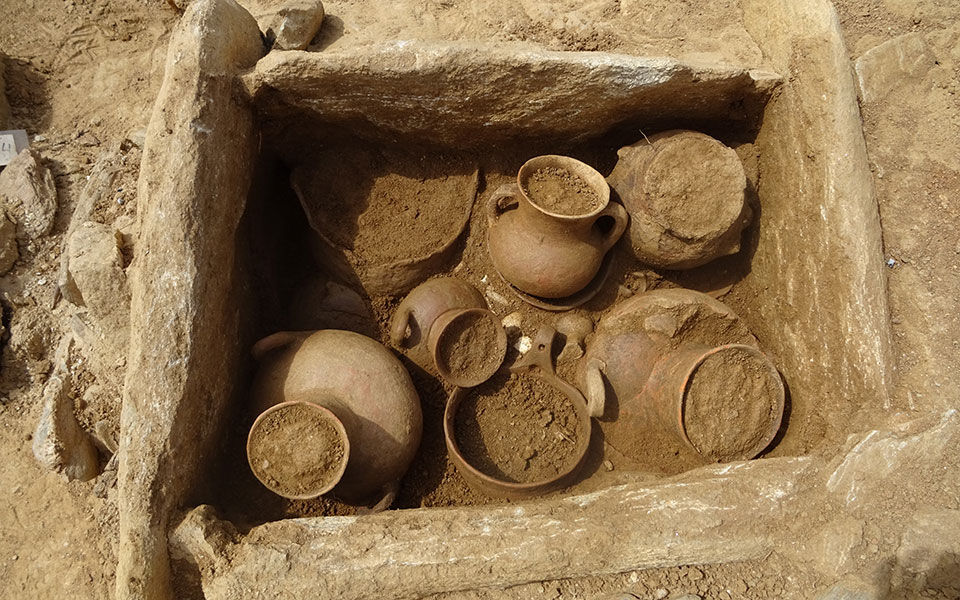
During excavations on a piece of land where soft recreational facilities were to be created along the coast, many tombs were found, mostly intact, densely located in a sandy-marshy layer, dating from 10-5 centuries BC. Burials in pithoi up to two meters high and amphorae inside stone enclosures, cists, constructed cists, pit-graves and sarcophagi testify to burial practices across the wider area of Chalkidiki from the Iron Age to the early classical period.
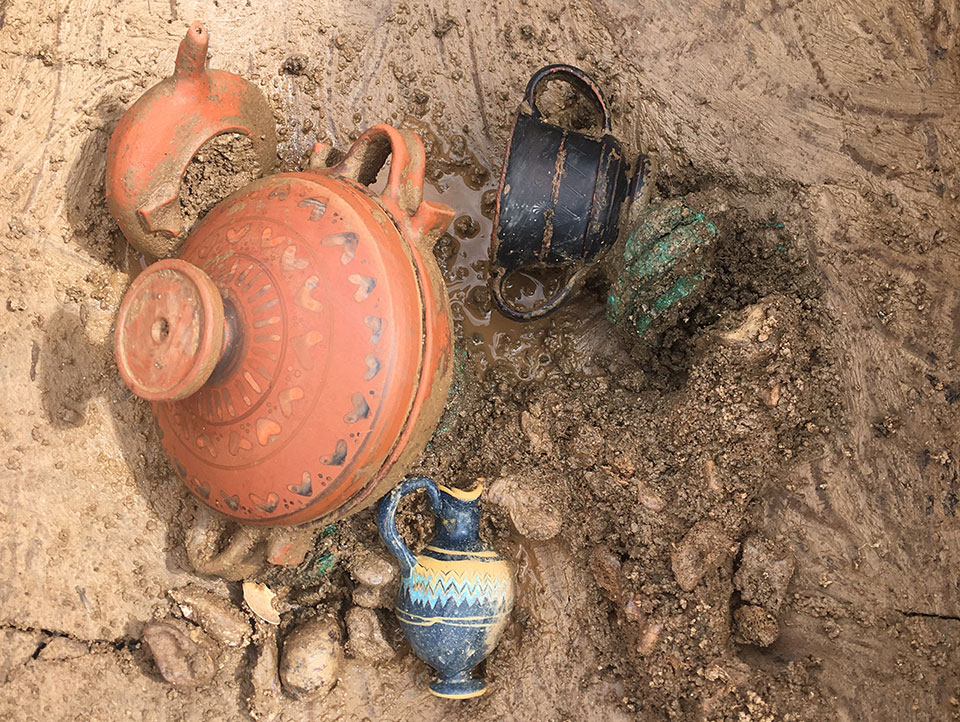
The saved grave “gifts” were also rich. Clay vessels in the shape of a beetle and a crater, cauldrons, skyphoses, amphoras and nipples, figurines, bronze and iron ornaments accompanied the dead. The first indications (132 burials) of the existence of an important necropolis were discovered by earlier studies (K. Romiopoulou, 1977, E. Trakosopoulou, 1984-1988), which, taking into account new excavation data, increased their number to 1044. graves .
Despite three excavations, Ms. Lambrotanasis explains, it is still unknown to which ancient settlement the cemetery belonged. The first estimates probably refer to a settlement on the island of Kastri, where, in 1977, research revealed the remains of prehistoric and archaic structures. Continued excavation may provide answers to its identification that archaeologists have been searching for years.
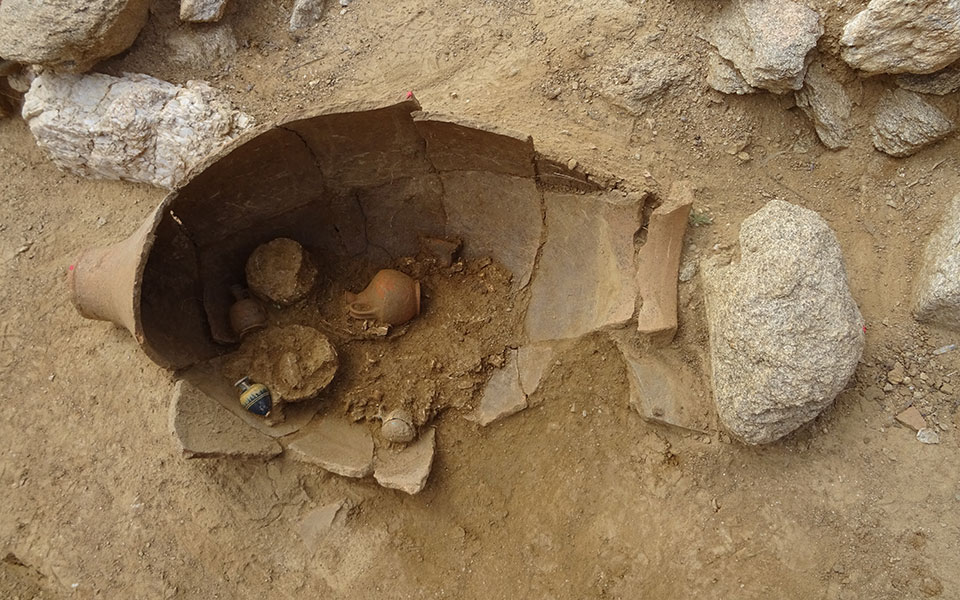
Wreckage 21
On the wooden ship, military equipment and useful items have been preserved in excellent condition, shedding light on the years of the Revolution of 1821 in Macedonia.
A small miracle saved a sailing warship from poachers, probably sunk during the years of the revolutionary period in the sea area of Kassandra. The semi-submerged wooden ship retained military equipment in excellent condition, including two cannons and a caryophylla, as well as dozens of useful items that shed light on the years of the 1821 Revolution in Macedonia.
The wreckage of the ship was discovered three years ago at Skala in Fourka, when sea waves moved the sand that covered it and it remained underground for about 200 years. The discovery of a part of the ship signaled to the Ephorates of Naval Antiquities that the recent wreck remained intact at such a close distance from the coast (80-100 m) and at a shallow depth (4 m).
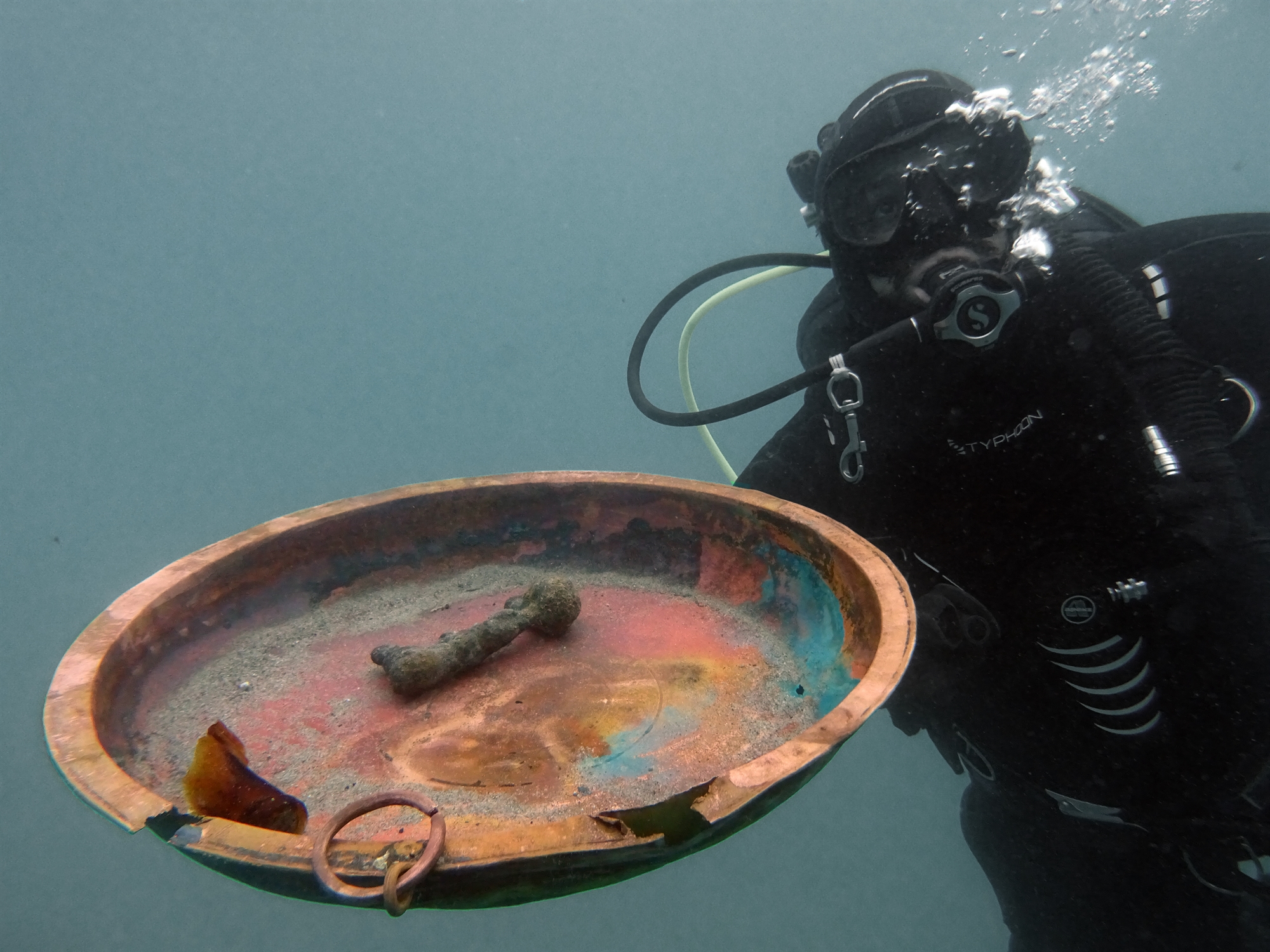
Finally, in November last year, a team led by diving archaeologist and excavation leader Stavroula Vrahionidou from Ephorates Enalion’s office in Northern Greece embarked on a rescue underwater excavation. “From the first dives, we saw an impressive wreck. The ship, half submerged in a sandy bottom, has kept its moving finds in almost perfect condition,” Ms. Vrachionidou tells us. “Two firearms (cannons), a rifle widely used during the years of the Greek Revolution of 1821, and many items for the daily needs of the crew were the first items that we collected only from the visible part of the ship.”
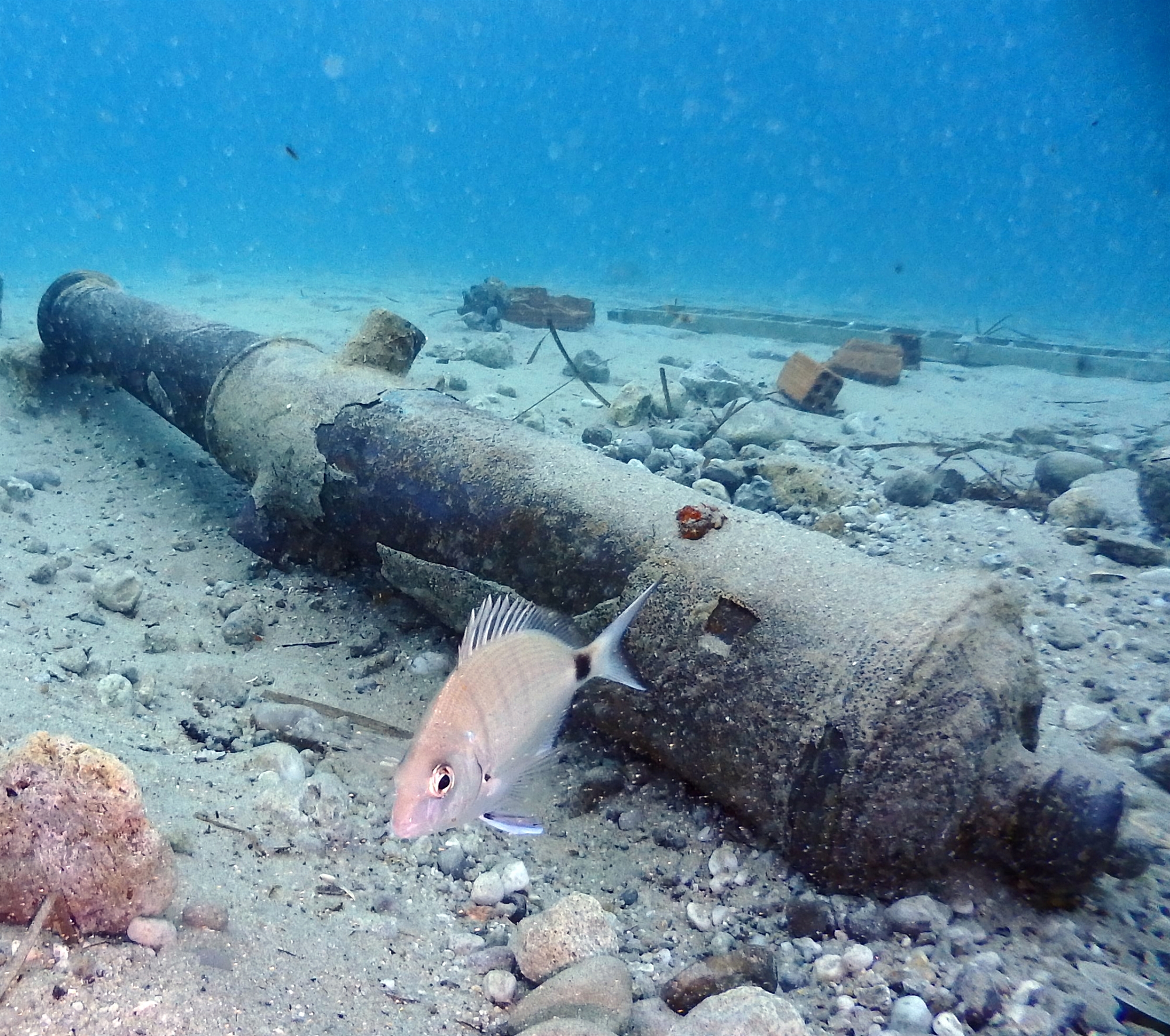
Ceramics, earthenware and porcelain vases, bronze bottles, a wooden basket, and an inkwell stand out among the 34 items found by archaeologists. Most of them were concentrated on the northern end of the ship. Traces of sails and ropes (grandy) and other organic elements, including a sack of coffee beans and a straw basket, are preserved all over the surface of the wreck. Archaeologists estimate that the sunken part of the ship salvaged a number of other items that may have been stored in its holds.
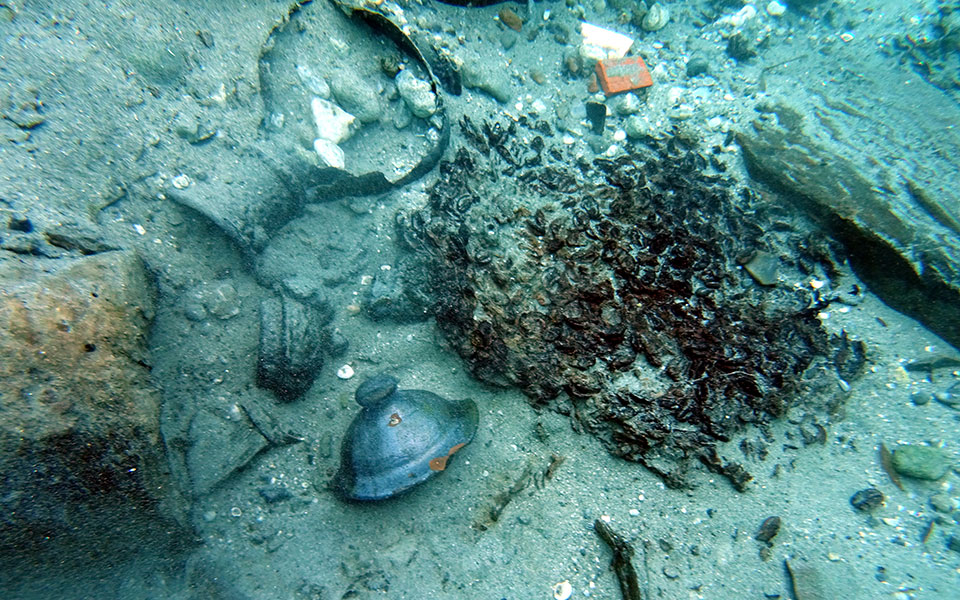
A wooden schooner, probably a type of dam boat, about 25 m long and 8 m wide, on the visible side preserved wooden elements, part of the bow and probably many other elements, such as the keel, which were buried at a greater depth.
Which brig of the 18th-19th centuries sailed in the waters of Halkidiki? What was his destination and his fleet? At the moment, the archaeological team, based on the data, can only make assumptions. “The first thought is about the revolution in Halkidiki in 1821, led by Emmanuel Papas,” says Ms Vrachionidou. In this case, the question arises, was the shipwreck the ship of the fighters of Emmanuel Papas, or one of the warships that sailed from the naval islands to help the uprising of Halkidiki?
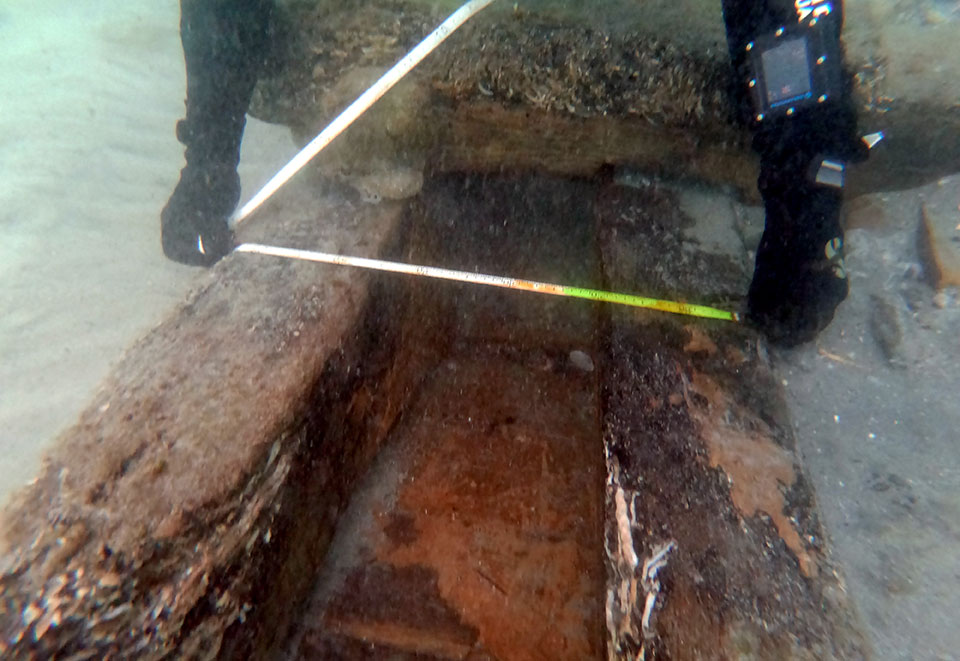
The cemetery of Agios Ioannis and the shipwreck (S. Vrachionidou, A. Turtas) are presented today at the 35th AUTH conference on the archaeological work of Macedonia and Thrace, which includes 68 announcements of new excavation data, excluding finds from the largest excavation of Thessaloniki in the metro works.
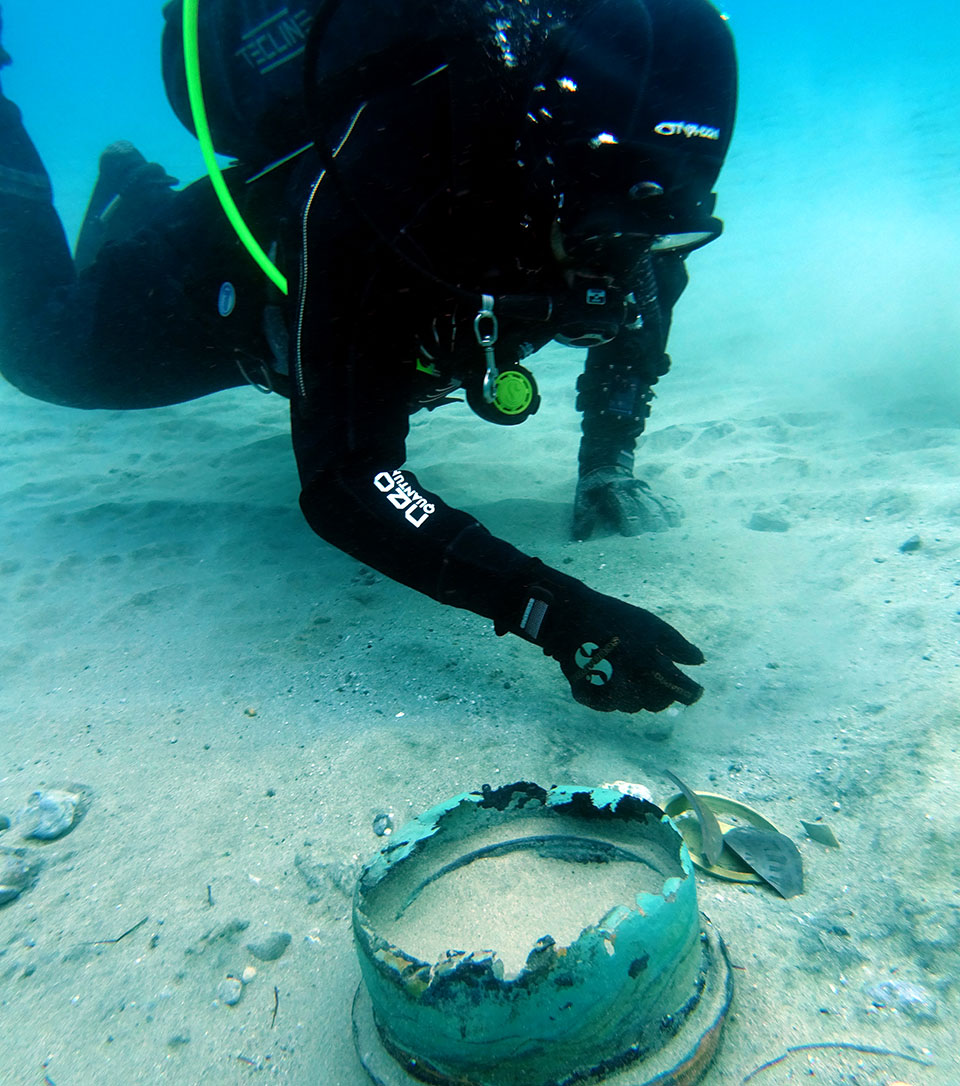
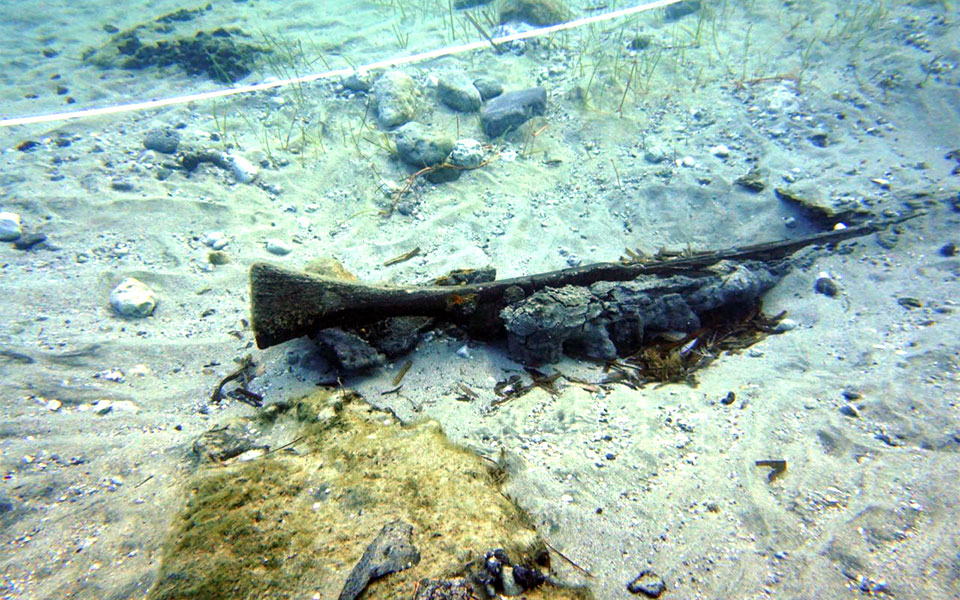
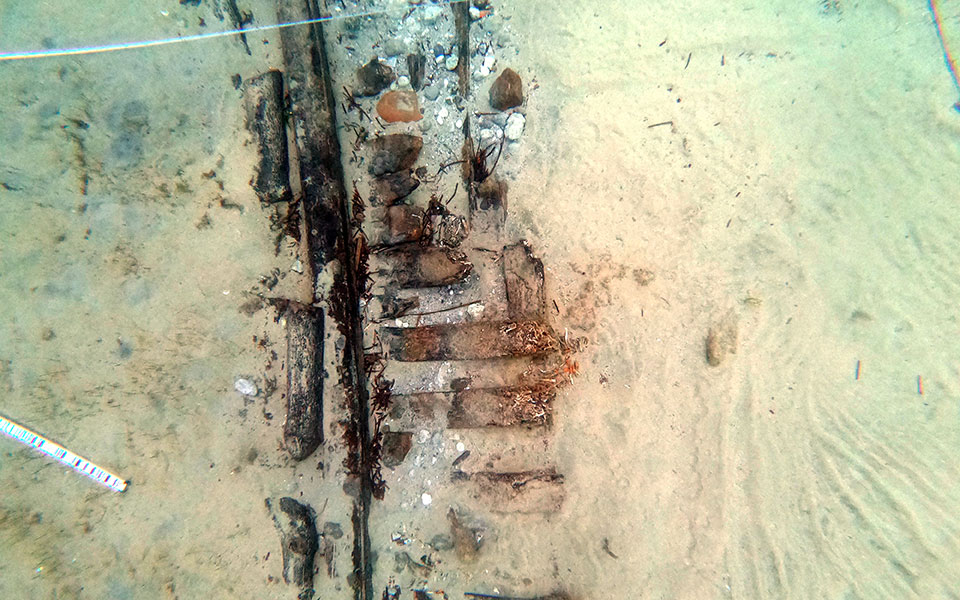
Source: Kathimerini
Ashley Bailey is a talented author and journalist known for her writing on trending topics. Currently working at 247 news reel, she brings readers fresh perspectives on current issues. With her well-researched and thought-provoking articles, she captures the zeitgeist and stays ahead of the latest trends. Ashley’s writing is a must-read for anyone interested in staying up-to-date with the latest developments.